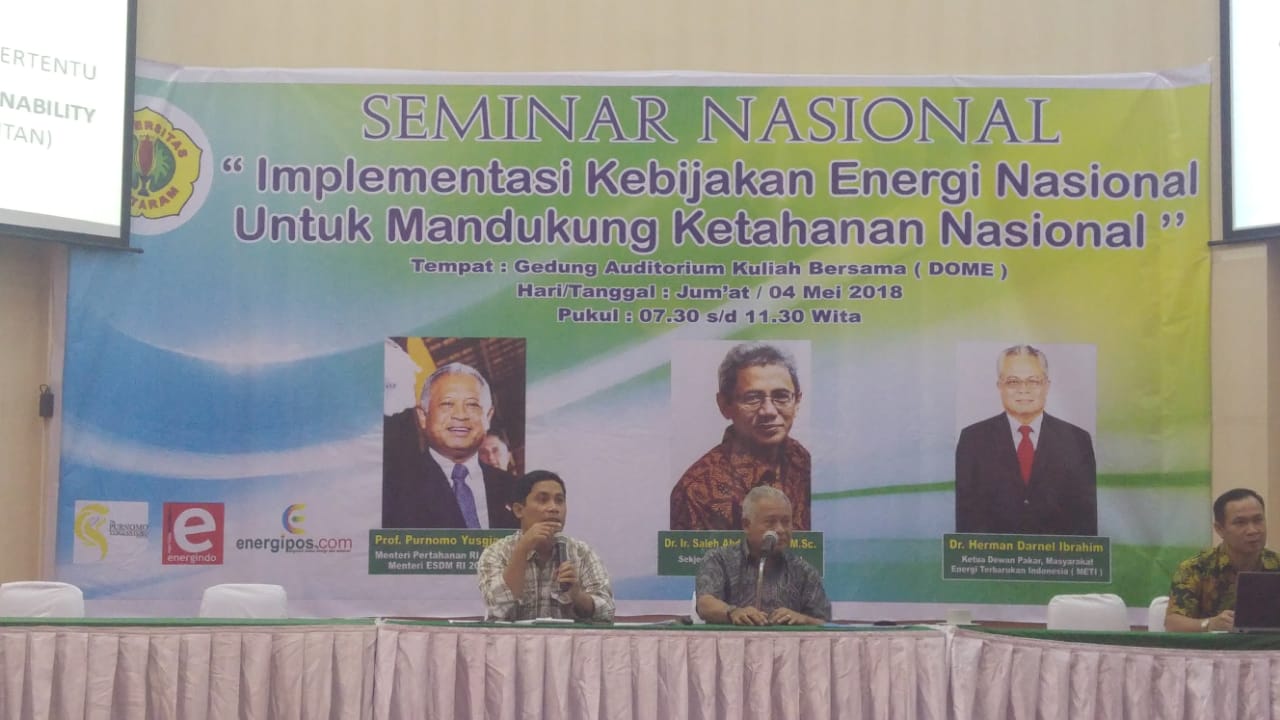Figure 1. Question and Answer Session with Prof. Purnomo Yusgiantoro
On Friday, May 4, 2018, Universitas Mataram (Unram) held a national discussion on “Global Energy Dynamics and National Energy Resilience.” The university invited Prof. Purnomo Yusgiantoro as the founder of Purnomo Yusgiantoro Center (PYC) and the former Minister of Defence and Minister of Energy and Mineral Resources. Dr. Saleh Abdurrahman as the General Secretary of National Energy Council, Dr. Herman Darnel Ibrahim as the Expert Board of Indonesia’s Renewable Energy Society (METI), and Mr. Susilo as the representative of National Electricity Company (PLN) have also been invited as speakers in the discussion.
Prof. Purnomo Yusgiantoro opened the discussion by giving a keynote speech on the “Global Energy Dynamics and National Energy Resilience.” In his presentation, he described that there are two views on the subject of energy. The first perspective views energy as an object of Politics and Security related to border conflicts and oil and gas politic, while the second perspective views energy as an object of Social and Economy related to supply and demand, subsidy, environment, and sustainable development. On the subject of Global Energy Dynamics, Prof. Purnomo Yusgiantoro mentioned that there is a shift in the energy demand where India is expected to increase their demand up to 174% from 2015 – 2040. Meanwhile, developed countries, such as Japan, U.S., and European countries, are expected to have negative growth of energy demand. The presentation also showed how fossil fuels are still expected to be the dominant source of energy until 2040. On the subject of National Energy Resilience, Prof. Purnomo Yusgiantoro explained the difference of terms used by Indonesia compared to other countries. Other countries tend to use the terms “security” while Indonesia uses “resilience.” The difference between the terms is that “resilience” describes the ability to respond to the global dynamic energy changes, while the term “security” leaned to a more static condition. He closed his speech by emphasizing four aspects to be reviewed to assess the national energy resilience: availability, accessibility, affordability, acceptability, and sustainability.
Dr. Saleh Abdurrahman gave a presentation about the National Energy Policy (KEN) and General Plan of National Energy (RUEN). He explained that the KEN was based on the Government Regulation (PP) Number 79/2014 and then derived into RUEN. Furthermore, the RUEN should be further derived to the General Plan of Regional Energy (RUED). Nevertheless, the completion of each region’s RUED is not progressing as smooth as expected and only several regions have already completed their RUED. He also mentioned that Nuclear Power Plant is not included in West Nusa Tenggara’s RUED.
Dr. Herman Darnel Ibrahim presented three main drivers of the energy mix. The main drivers are (1) the Security of Supply, (2) the Economy of Supply, and (3) the Low Green House Gas Emission. These three aspects will affect the decision on which source of energy people will use. He also highlighted the prospect of nuclear power plant in Indonesia. He mentioned that the cost of Nuclear Power Plant is commonly valued to be very low. However, if we include the cost of disaster mitigation should a nuclear disaster happened, the cost of Nuclear Power Plant is actually very high. This is shown by the Levelized Cost of Energy (LCOE), where eventually the cost of nuclear energy is going up while the cost of other renewable energy is going even lower with time.
The last presentation was given by Mr. Susilo from PLN. He presented the general achievement of PLN in West Nusa Tenggara, especially in grid development, electrification ratio, and the development of renewable energy. In general, he mentioned that the installed power plant capacity in West Nusa Tenggara is able to handle the peak load form the grid. However, PLN still plans on developing even more power plant to increase the energy per capita ratio. From the renewable energy development, most of the renewable energy source in West Nusa Tenggara came from the Rinjani Mountain in the form of rivers. The rivers are then utilized as a source for hydropower plant. In total there are 11 operating hydro and solar power plants in West Nusa Tenggara with a capacity of 14.1 MW. He also mentioned that in West Nusa Tenggara’s RUPTL (General Plan of Electricity Supply), no nuclear power plant would be built under the normal circumstances. In regards to the electrification ratio, the PLN West Nusa Tenggara stated that it reached up to 93.52% of electrification ratio in May 2018 and the electrification ratio development plan of West Nusa Tenggara should reach 100% by 2020.
To close the discussion, Prof. Suwardi from Unram highlighted the importance of university participation in the development of renewable energy. He explained Unram’s activity in the development of West Nusa Tenggara’s renewable energy development, including social engagement and renewable energy competencies certification center. He explained Unram’s vision to be the leading Green University and Center of Excellence of renewable energy in Indonesia.







